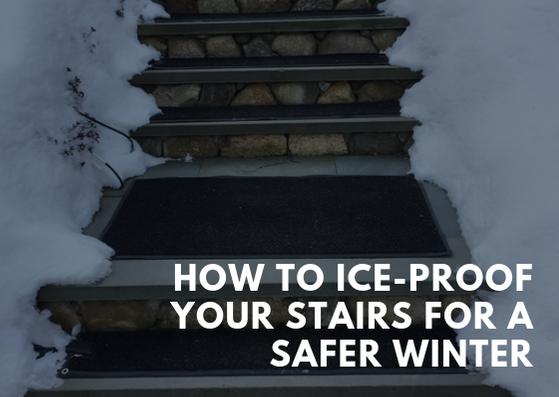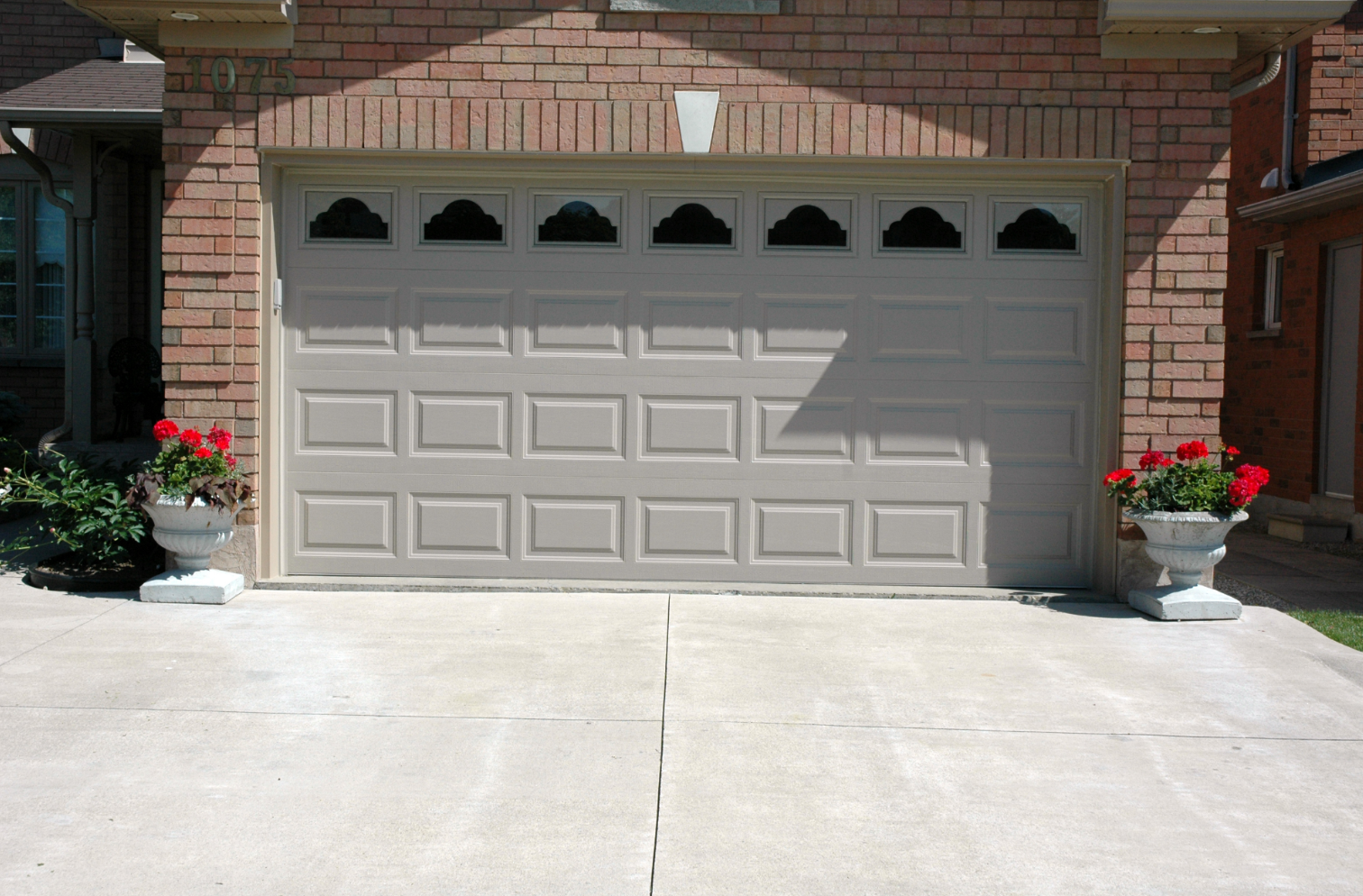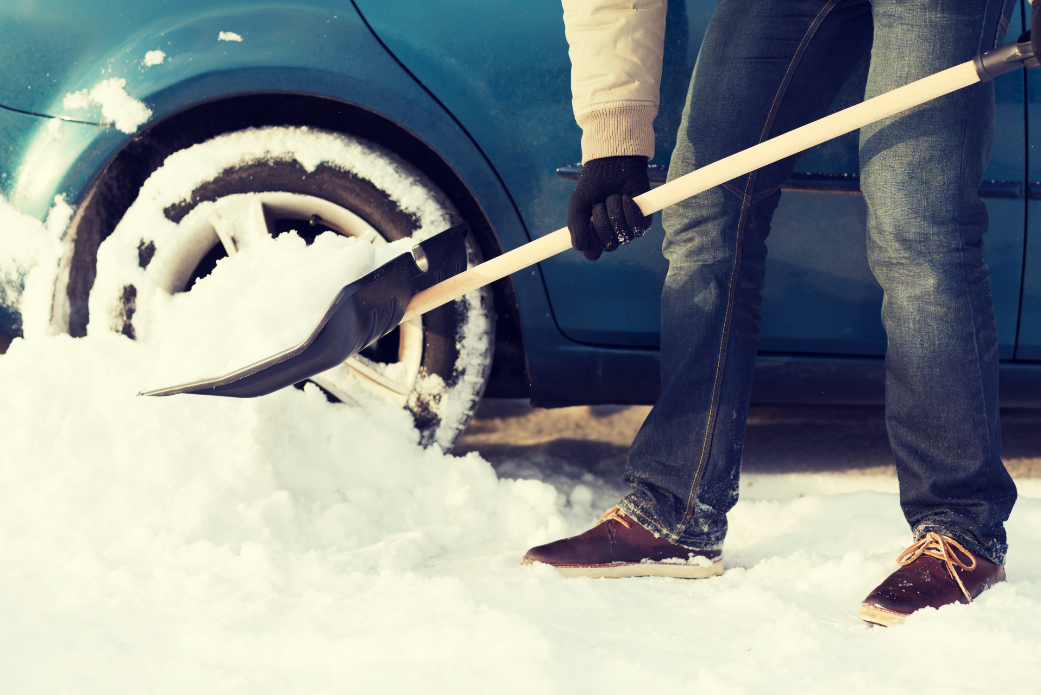
Ice and snow come hand in hand during the winter months. While it would be nice to prevent the inevitability of ice from gathering at all around your home, that could be a pretty daunting if not impossible task. One area of your home, however, where ice-proofing is a must is your stairs.
Ice is dangerous to walk on no matter what kind of surface. Stairs increase the risk of injury significantly because of the potential to fall further and come in contact with more edge-like surfaces on the way. As well, snow and ice are the leading causes of slip and fall accidents, and these types of accidents are the leading cause of potentially life-altering back and spine injuries.
When it comes to managing ice on stairs, the best approach is to be preventive versus interventive thus avoiding any accumulation at all. While there are a few methods for dealing with ice once it’s formed, there are only two that will prevent it from collecting.
Deicers
Deicing products come in liquid or solid form and need to be distributed before snow falls in order to be effective for preventing ice. In general, they work by either preventing a bond between ice and pavement, as in the case of liquid deicers, or by lowering the freezing point of water and creating a brine. This brine breaks the bond between ice and the surface it’s gathered on as with solid deicers like rock salt.
Rock salt is one of the more commonly known deicing products, however using it presents several concerns including:
- Damage to concrete surfaces
- Damage to plants, landscaping and water sources due to run-off
- Health risks for people
- Health risks for pets
There are also chemical deicers available such as calcium, magnesium and potassium chlorides; urea; liquid potassium-acetate and calcium-magnesium acetate. These deicers can also cause damage to surfaces as a result of freeze-thaw cycles, but not to the same degree as rock salt. They vary regarding the temperatures they’re most effective at, some lower than others, as well as in their impact on the immediate environment.
Lastly, there are some “eco-friendly options” for deicing such as alfalfa meal, coffee grounds, and sugar beet juice. While these are an interesting and environmentally safe option, and can even be of benefit to plants and landscaping, walking over coffee grounds to get into your home may not be the most desirable of scenarios. As well, these can leave residue, cause staining to surfaces and be quite messy.
Deicers do require some maintenance, particularly during heavy storms during which winds might carry away granulated products.
Heated Stair Mats
Heated stair mats are another, more appealing option for ice-proofing stairs. These mats come in different sizes to ensure a good fit for each step, and once placed and plugged in are virtually maintenance free. Other benefits include:
- Energy efficiency- Heated stair mats cost about $1 per day to run
- Environmentally friendly- There are no hazards to landscaping and water sources as with deicing products, particularly rock salt.
- Safety- Heated stair mats have a tread on them, thus increasing the safety of the stair surface
- Durability- They’re made to stay out all winter
- Ease of use- Heated stair mats can be connected to automated snow or temperature sensing controllers that turn the mats on when needed, or connected to an outlet controlled by an indoor light switch.
- Overall efficiency- Heated stair mats truly are preventive when it comes to managing ice on stairs. They’re also far less work than disbursing salt or chemicals on an on-going basis during the winter months.
While ice is just part of managing wintertime in snowy areas, being at risk for dangerous slips and falls don’t have to be. With some knowledge and preparation, you can ensure safe passage up and down your stairs this winter.


